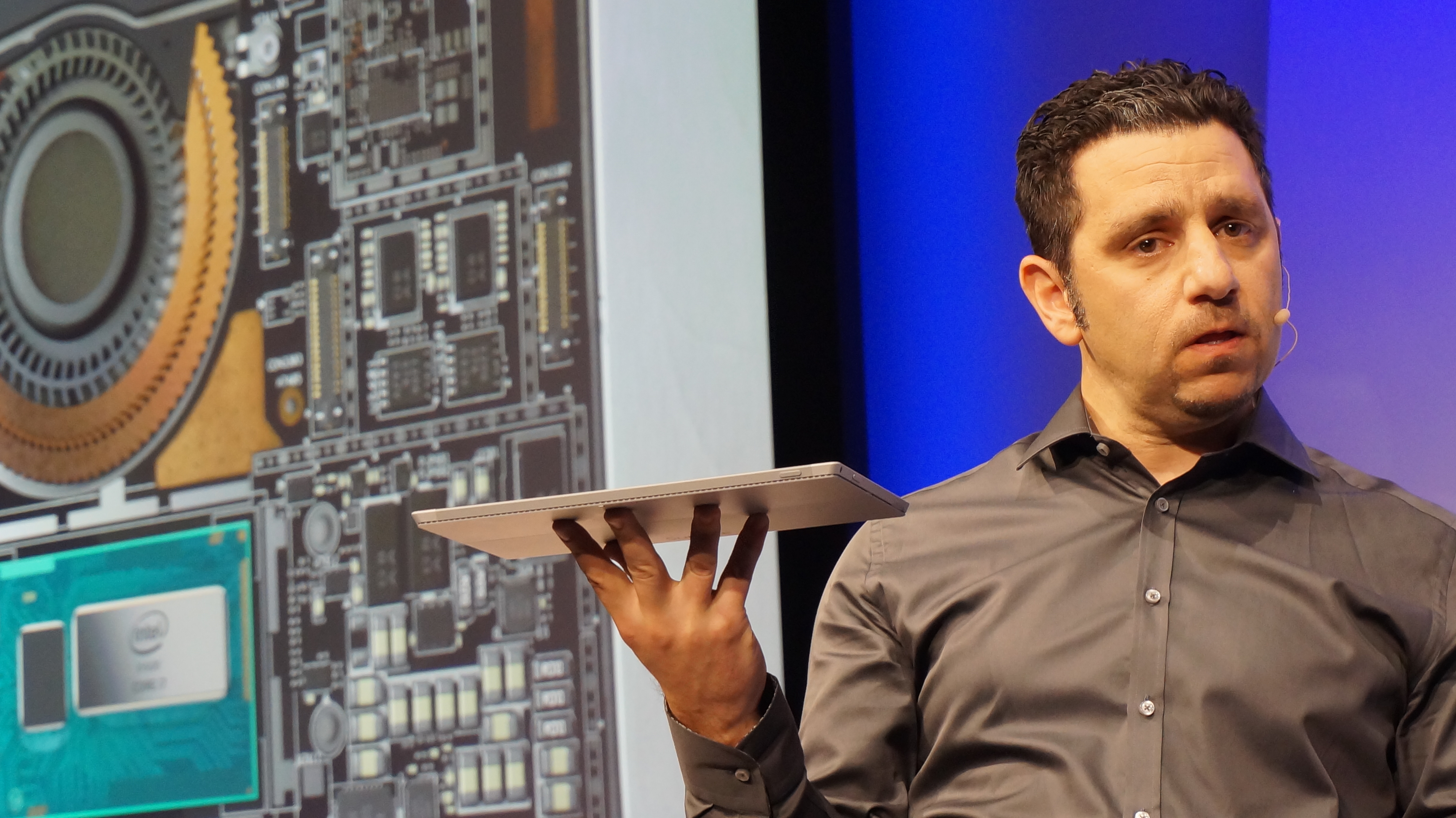Microsoft's Surface Pro 3 will flop: here's why
Tablet update doomed

At an event held in New York City last week, Microsoft unveiled an updated Surface Pro, the Surface Pro 3, which the company is dubbing "the tablet to replace your laptop".
The device features an updated 12-inch screen packing 216 pixels per inch, new Intel chips and up to 512GB of solid state storage amongst other updates.
Microsoft has also trimmed some of the fat from the Surface Pro 2's body making the Pro 3 thinner and lighter whilst including a new kickstand that can stop at any angle increasing the "lapability"—a Microsoft term—of the tablet.
During the event, Microsoft hailed the Surface Pro 3 as the perfect device to replace both tablets and laptops. According to "proprietary Microsoft research" 96% of people who own a tablet also own a laptop, a scenario that Microsoft claims is "suboptimal".
A necessary hybrid?
The problem with Microsoft's assessment is that tablets and laptops are used for completely different tasks by the majority of users, meaning that rolling the devices into one is also "suboptimal." Microsoft's vision of customers only needing to purchase one device is noble but could well fall flat.
According to a study conducted in 2013, 59% of people who bought a tablet did so to supplement their laptop. The use cases of tablets and laptops are completely different, a point Microsoft has seemingly failed to factor into the Surface Pro 3.
The 'need' for a tablet was born out the iPad, which is easy to use, limited in terms of features when compared to a laptop and is intended for content consumption rather than creation. Laptops, however, are the opposite and are seen as devices of creation over consumption.
Sign up to the TechRadar Pro newsletter to get all the top news, opinion, features and guidance your business needs to succeed!
The average consumer reaches for their tablet rather than their laptop when reading an eBook or playing Angry Birds but the converse is true when creating a Word document or editing holiday photos.
Of course, the Surface Pro 3 can perform both tasks on one device but consumers do not see it like that: the two-device strategy—iPad and laptop side-by-side—is preferable because there is a clear distinction between 'work' and 'play' and having one device for both tasks removes that distinction and confuses the issue.
The cloud factor
A tablet is perfect for reading while a laptop, with its large keyboard and Office suite, is perfect for creation. The Surface Pro 3 awkwardly sits in between both, mastering neither. Consumers are unlikely to throw away their tablet and laptop and replace them with a Surface Pro 3, at considerable cost, when the experience will be suboptimal, to use Microsoft's term.
Additionally, having two devices is, if anything, becoming easier as the cloud becomes a more prominent force. Services such as Netflix, Spotify, Photo Stream, Dropbox and so on mean that all of your films, music, photos and files are available on any device instantly.
Online services have meant that heavier tasks which require more storage—i.e. a large film or music library—can now be achieved on a tablet via Spotify or Netflix increasing the usefulness of tablets tenfold and legitimising their place alongside a laptop or desktop.
Essentially, the cloud has enabled the table to entrench itself as a 'casual' device leaving the laptop open for serious tasks. Again, Microsoft's Surface Pro 3 is adequate at both but will excel at neither use case.
The Windows 8 experience is also an issue offering a limited tablet experience and an oddly disjunct desktop one. The Windows Store has some apps to download but nowhere near the depth and breadth of the App Store or Play Store.
Windows apps vacuum
As tablets are seen as casual devices by consumers, having a well stocked app store would seem to be a cornerstone and could harm the Surface Pro's chances of successfully replacing the casual aspects of a tablet.
Max Slater-Robins has been writing about technology for nearly a decade at various outlets, covering the rise of the technology giants, trends in enterprise and SaaS companies, and much more besides. Originally from Suffolk, he currently lives in London and likes a good night out and walks in the countryside.